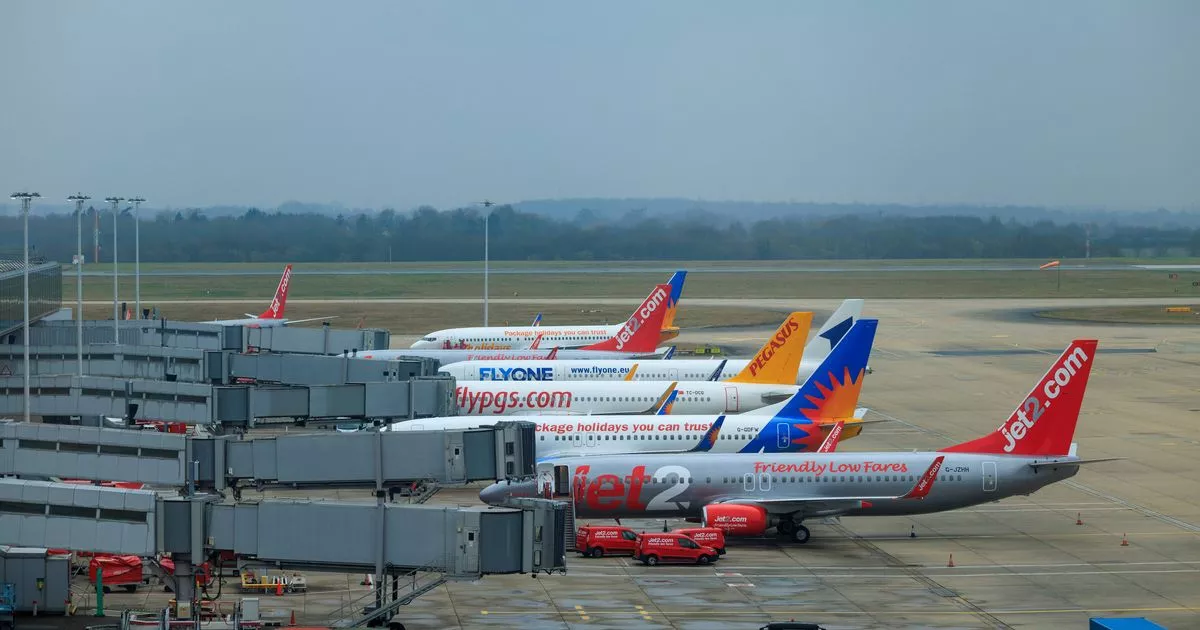Amazon’s announcement that it will begin home deliveries by drone to addresses in Lockeford, California later this year – pending regulatory approval – is “unsurprising”, says Digital River expert, Andrew Scargill,
However, safety concerns remain, should companies decide to adopt drones more widely in urban areas says Scargill, who is logistics manager for the EMEA region at the technology firm.
Air cargo companies are currently exploring what role they can play in last mile logistics, while Amazon said that customers of its Prime service would soon be able to sign up to have goods delivered in Lockeford – population 4,000 – and that the service would later be rolled out more widely.
Amazon claims that its drones will be able beyond line of sight, using sensors to avoid people, animals and other obstacles.
Scargill said that the online retail giant’s move had been prompted by driver and cost issues: “Amazon’s implementation of drone delivery services in California is unsurprising, given the number of labour shortages and rising fuel prices. Companies are looking for ways to automate portions of their logistics operations.”
But he added: “However, whether drones are scalable is another question entirely and would depend, not just on a sound business case, but also on public acceptance.
“Despite plans to extend this more widely in the future, safety concerns remain an issue if this were to be implemented in more urban areas. What is clear is that supply chain issues are here to stay, and businesses are increasingly turning to automation for support.”
Nevertheless: “Drones are not likely to solve the problem any time soon.”
The physical capabilities of drones continue to evolve rapidly. For example, Skye Air Mobility claims a payload of 6 kgs with a range of 100 km, along with a 100mph cruising speed for its latest unmanned aerial vehicle (UAV).
Tech enthusiasts have been predicting the mass adoption of drone delivery for several years now, but none have yet managed to overcome safety concerns or the need for UAVs to integrate with other air traffic. Their main non-military use has been to fly urgent shipments such as medicines to remote areas or offshore islands, where conflict with other air traffic is less of an issue.
Middle-mile drone company Dronamics has obtained the European Union’s Light UAS Operator Certificate that will allow it to self-authorise flight operations of its Black Swan aircraft including Beyond Visual Line Of Sight operations from the Island of Malta to various countries around the Mediterranean, but such usage is still at a very early stage.
The UK’s Royal Mail postal service is one of the latest companies to announce a commercial deployment of drones, saying it will create more than 50 new routes over the next three years in partnership with the Windracers company to provide links to the Isles of Scilly, Shetland Islands, Orkney Islands and the Hebrides. However, the drones will deliver consignments into the hands of human postmen and women, who will make the final deliveries to customers’ doors.
Indeed, many experts question whether delivery of individual consignments to consumers’ homes is the correct focus for the nascent technology. Tony Spouncer, senior director of UAVs and unmanned traffic management at navigation technology specialist Inmarsat, suggests that moving relatively large consignments between logistics hubs might be a simpler and more cost-effective use of what is still an expensive technology. By devising carefully selected routes, it could be possible to avoid populated areas and conflict with other aircraft, humans or animals by choosing routes over the sea or rivers.
Meanwhile, governments are funding research on how pilotless aircraft could operate within the parameters of existing air traffic control systems, including the UK Department for Transport through its Future Flight Challenge programme. However, it will probably be many years before a usable system results.
Many experts also question whether deliveries of small consignments of relatively low-value goods is every likely to become a mainstream application of drones, given their likely costs for the foreseeable future, not to mention the potential annoyance and nuisance factor.
Source link



